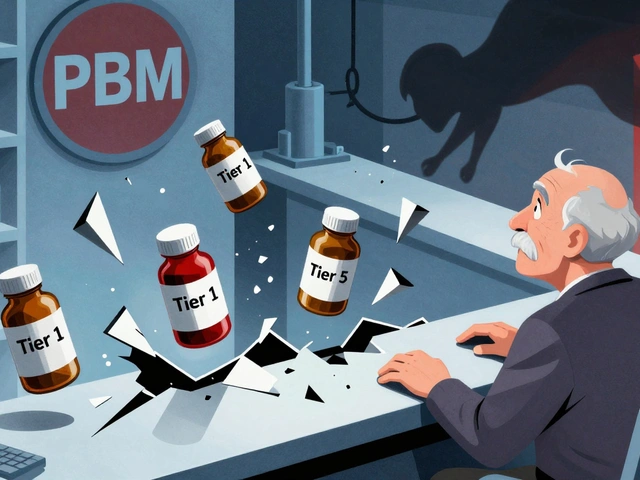Norfloxacin: Uses, Safety, and Alternatives
When working with Norfloxacin, a broad‑spectrum fluoroquinolone antibiotic used to treat a range of bacterial infections. Also known as Norflox, it targets DNA gyrase in bacteria, stopping them from replicating. Norfloxacin belongs to the fluoroquinolone, class of drugs that include ciprofloxacin and levofloxacin and are prized for good tissue penetration family. In clinical practice it’s often prescribed for urinary tract infections, prostatitis, and certain gastrointestinal infections caused by bacterial infection, the invasion of harmful bacteria into body tissues.
How Norfloxacin Is Used
The typical adult dose for uncomplicated urinary tract infection is 400 mg taken twice a day for 7‑10 days. For prostatitis, physicians may extend the course to 28 days and increase the dose to 800 mg daily. Norfloxacin should be taken with a full glass of water and on an empty stomach—about one hour before or two hours after meals—because food can cut absorption by up to 50 %. Common side effects include nausea, headache, and mild skin rash; serious reactions like tendon rupture are rare but worth monitoring, especially in older adults or those on corticosteroids.
When you’re choosing an antibiotic, it’s useful to compare alternatives. Levofloxacin, another fluoroquinolone with a longer half‑life that allows once‑daily dosing is often favored for respiratory infections because it reaches higher concentrations in lung tissue. Ciprofloxacin, on the other hand, is preferred for Gram‑negative infections such as Pseudomonas. Each drug shares a similar mechanism—blocking bacterial DNA replication—but dosing schedules, tissue distribution, and side‑effect profiles differ enough to affect prescribing decisions.
One big factor shaping those decisions is antibiotic resistance, the ability of bacteria to survive drug exposure through genetic changes. Over the past decade, resistance rates for fluoroquinolones have risen in many regions, especially among E. coli strains that cause urinary infections. When resistance is suspected, clinicians often order a urine culture before starting therapy. If the organism shows reduced susceptibility, a different class—like nitrofurantoin or fosfomycin—might be a safer first‑line option.
Beyond resistance, patient-specific factors matter. Renal function drives dose adjustments; for a creatinine clearance below 30 mL/min, the total daily dose should be cut in half. Women who are pregnant or nursing should avoid Norfloxacin because it can cross the placenta and enter breast milk. Likewise, people with a history of seizures should steer clear, as fluoroquinolones can lower the seizure threshold.
Understanding these nuances helps you make smarter choices when you or someone you care for needs an antibiotic. Below you’ll find articles that walk through buying cheap generics safely, comparing fluoroquinolone alternatives, and spotting resistance patterns—everything you need to navigate Norfloxacin use with confidence.

Norfloxacin vs Alternatives: Which Antibiotic Is Right for You?
Compare Noroxin (Norfloxacin) with common alternatives, explore uses, side‑effects, costs and how to pick the best antibiotic for your infection.
read more




